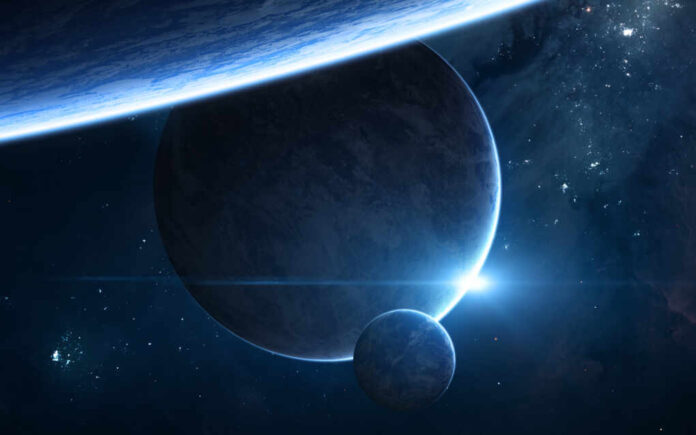
Astronomers insist the Solar System’s giant planets shouldn’t exist as they do—yet their mere presence continues to defy the rules.
Story Snapshot
- Giant planets’ origins and positions contradict accepted formation models.
- Uranus and Neptune’s discoveries reshaped astronomy, blending luck and mathematics.
- Exoplanet finds expose further mysteries, challenging current theories.
- Ongoing research aims to solve the puzzle but consensus remains elusive.
The Solar System’s Giants: A Cosmic Contradiction
Jupiter, Saturn, Uranus, and Neptune dominate the Solar System’s outer reaches, yet their very existence poses a riddle. Early models of planetary formation predicted that such massive worlds, especially Uranus and Neptune, couldn’t have coalesced or survived in their distant orbits. The accepted theory held that the outer solar nebula lacked the density and material to form these giants, but telescopic discoveries and modern missions have proven otherwise. Their sheer size and peculiar positions remain outliers, stubbornly resisting easy explanation.
These giant planets shouldn’t exist. But they do https://t.co/n1FyM65XAV
— Zicutake USA Comment (@Zicutake) October 15, 2025
Uranus was found almost by accident in 1781 by William Herschel. He aimed his telescope at what appeared to be a faint star, only to realize he was tracking a new planet—one never before seen by human eyes. Neptune’s story was even stranger; its existence was mathematically predicted before anyone ever saw it. Calculations by Le Verrier and Adams revealed oddities in Uranus’s orbit, leading Johann Galle to point his telescope at the exact spot and confirm Neptune’s reality.
Watch: Michael Clarage: Giant Planet Found That Shouldn’t Exist | Thunderbolts
Old Models Meet New Data: The Nice Model and Its Discontents
As the twentieth century progressed, astronomers grappled with the mystery of how the giant planets formed and migrated. The Nice model—named for the French city where it was developed—proposed that the planets originated closer together, then migrated outward due to gravitational interactions. This theory explained some features, like the Kuiper Belt and scattered debris, but couldn’t account for everything. Recent exoplanet discoveries have further complicated matters, as astronomers now find “hot Jupiters” and other massive planets in unexpected orbits. These observations reveal that our Solar System’s giants are both unique and part of a broader pattern that defies easy categorization.
The Impact: Why Giant Planets Matter More Than You Think
The implications of these cosmic puzzles ripple far beyond the confines of academic journals. Advances in planetary science drive technological innovation, fueling new telescopes, sensors, and space missions. The pursuit of answers inspires public fascination and educational initiatives, while international competition and collaboration shape the future of space exploration. The economic impact is substantial, with billions invested in research and infrastructure. Socially, the story of the giant planets taps into a deep human curiosity—reminding us that even the most established scientific “facts” can be overturned by unexpected discovery.
Sources:
NASA: 175 Years Ago, Astronomers Discover Neptune, the Eighth Planet
Smithsonian: Planets of Our Solar System Timeline
Smithsonian: How Did We Discover Planets?
Wikipedia: Formation and Evolution of the Solar System
St Andrews: Neptune and Pluto
Wikipedia: Timeline of Discovery of Solar System Planets and Their Moons
NASA Science: Solar System Planets

























